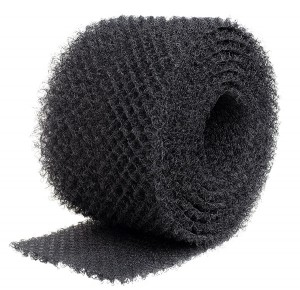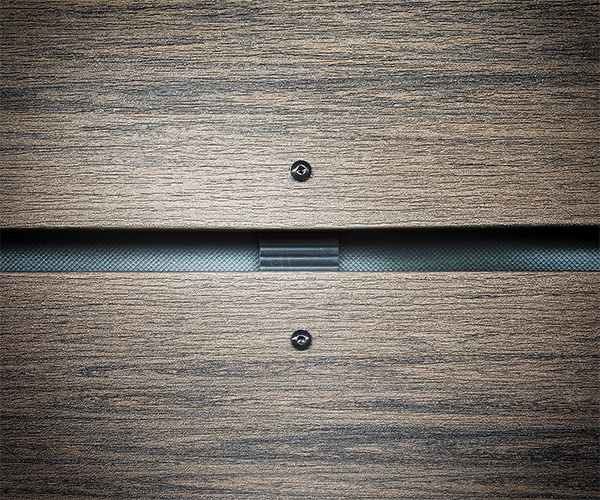Mid-rise multifamily projects, while larger and typically more complicated than single-family homes, use many of the same products and systems, and the building envelope is usually no exception.
HydroGap® SA, the industry’s first and only self-adhered drainable housewrap, is an ideal moisture and air barrier for multifamily projects for a variety of reasons, including its air sealing capabilities and potential energy savings, with only a few caveats to keep in mind.
The Benefits of HydroGap SA for Multifamily Projects
Our self-adhered drainable housewrap can create a robust wall system for buildings up to 40 feet tall. The housewrap’s 1mm spacers create a true drainage space with 96% drainage efficiency, removing water two times faster than flat housewraps. This combines with a 100% continuous, breathable acrylic adhesive for an unmatched air and moisture barrier to keep large multifamily wall systems dry and air-tight.
Whether the building is rental apartments or condominiums, operational cost savings from higher energy efficiency can be a key selling point for tenants and residents. Because the acrylic adhesive used for HydroGap SA provides true sealing around every fastener and penetration point, it reduces air leakage. For installers, this eliminates a lot of interior air sealing, and it’s typically more efficient to install self-adhered housewrap than trust subs to seal all interior nooks and crannies.
In fact, often self-adhered drainable housewrap is easier to install on multifamily walls. Because multifamily projects have ample scaffolding and other heavy equipment on site, installers can drop the HydroGap SA roll from the roofline straight down for efficient vertical coverage.
Best Practices for Using Self-Adhered Drainable Housewrap for Multifamily Projects
While HydroGap SA is highly suitable for mid-rise multifamily projects, it’s important to keep a few things in mind:
- Plan ahead: The size and scale of multifamily buildings requires forethought into how the housewrap will be installed to ensure the most efficient coverage and installation. This includes planning for where rolls will end. For example, if you can plan for the HydroGap SA roll to stop under a window during windows-first installation, you can run rolls horizontally.
- Flashing details and sequencing: The taller heights and lack of large overhangs mean
smultifamily walls are usually exposed to more rain than single-family homes and, therefore, more prone to water intrusion. Pay close attention to flashing details and installation sequencing to ensure moisture doesn’t infiltrate the wall system. Choosing high-performance flashing products also is key. For example, for windows, HydroGap drainable housewrap technology pairs well with the HydroFlash family of high-performance flashing options for added durability. - Another significant potential failure point for multifamily properties is at decks and balconies, where moisture can wreak havoc (and even be catastrophic) if the area is not flashed properly. Make sure to pre-plan the installation sequencing of housewrap and flashing, and maintain quality control over your subcontractors. Talking through, recording, and referencing the details is critical. Conduct pre-construction meetings, and be sure to re-address this education if you change framers or other subs mid-project.
- Exposure: HydroGap SA can be exposed to UV rays for up to four months. Because multifamily projects may be prone to material delays due to their size, it’s important to ensure that cladding will be delivered and installed over the housewrap within that four-month window.
- Accommodate multiple claddings: If your multifamily exterior combines several siding materials and profiles, ensure the proper weather-
With the sheer size and scale of multifamily projects, it’s extremely critical to ensure your designers and installers are up to speed on wall systems and details to protect the building from moisture and air intrusion. Products like HydroGap SA and a Drainable Housewrap System can make the process easier while ensuring the utmost protection for the building envelope. Benjamin Obdyke is here to help you plan and train for your project’s specific needs—contact us to set up a virtual session.




